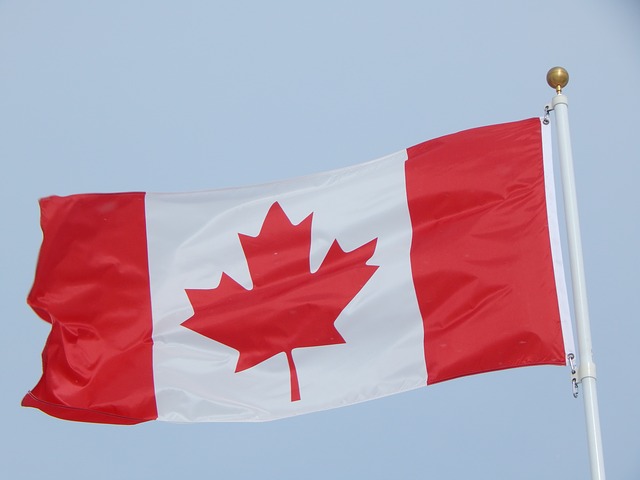11 The Canadian Narrative
In contrast to the American history assembled above, Canada had no single document outlining PR practice prior to the establishment of the Canadian Public Relations Society (CPRS) code of professional conduct written in 1961. This lack of documentation may reflect the fact that the context in which PR was practiced in Canada was quite different than the situation south of the border. Prior to the 1940s in Canada, the image of public relations practitioners was largely a positive one (Johansen, 2001). That is not to say that all public relations activities were executed in a morally correct manner. The Canadian history reflects a strong reliance on government immigration policy as the birthplace of the practice. As Emmis (1995) points out, public relations as it related to Canadian immigration policy often included over-exaggerated claims about living conditions and farming requirements in the Canadian West. The communication also excluded particular groups of potential immigrants and drove political agendas more so than public interest.

From the early 1900s up to the early to mid-1920s, government communication and publicity campaigns were by far the most significant and most common examples of public relations practice. In contrast to the American narrative, corporate interests do not factor significantly in the early Canadian experience. Scholarship examining public relations history from a Canadian perspective points to the importance of geography, public policy and the early settlement patterns of Canadians as key influencers on both the evolution and the practices of PR (Emmis, 1995; Johansen, 2001; Thurlow, 2014).
As in the American experience, the First World War resulted in an expansion in the employment of public relations practitioners, particularly in the development of government wartime propaganda. Nevertheless, the historical impetus to raise the profile of the profession was not present until decades later. However, post 1940s there appears to be somewhat of a change in tone in terms of media representation of PR practitioners, as well as public perception. For example, Johansen (2001) points to a stern letter to the press written in 1955 by Leonard Knott, then CPRS society Vice President. Knott objected after publication of statements made by a Montreal police official in the press that “public relations men routinely procured prostitutes for corporate clients” (p. 64).
Over the next 15-20 years two powerful forces, the drive to professionalize, and the public perception of the practice in the mass media, created the conditions for the development of a Canadian code of ethics. Johansen points out that it was not until 1961 that CPRS “felt compelled to establish a special committee to recommend steps designed to increase understanding and acceptance of the role of public relations as a function in the Canadian community” (Johansen, 2001, p. 64). That same year, the International Public Relations Association (IPRA) established the Code of Venice, which was an international code of ethics and behavior in the field of public relations.
American public relations had a further role in moving Canadian PR practitioners toward their first code of ethics. US practitioner Philip Lesly is described by Johansen (2001) as advocating for Canadian public relations to become more “advanced”, and emulate its American counterpart by raising the profile of the profession and “elevating the prestige of public relations people among leaders and businessmen throughout Canada” (Johansen, 2001, p. 65). Lesly himself was an American PR practitioner who had financial interests in a Canadian PR firm at the time.
The CPRS Code of Professional Conduct 1961
The text of the CPRS Code of Professional Conduct closely mirrored the PRSA code indicating a need for openness in dealing with the press and vigilance regarding conflicts of interest. Still reflected in the current CPRS code, the first article of the CPRS code emphasizes that “Members shall conduct their professional life in a manner that does not conflict with the public interest…” (Canadian Public Relations Society, 2021). The prominence of this statement mirrors an equally strong statement in the original code of ethics for American Journalists, as well as in the current Canadian Association of Journalists ethic guidelines “We serve democracy and the public interest by reporting the truth” (Canadian Association of Journalists, 2011, p. 3).
This emphasis on truth and public interest is fundamental to both the journalism codes and the public relations ethical codes in both Canada and the United States over the past century. The relationship between the evolution of standards in both these fields is an interesting one, and there has been some scholarship from a public relations perspective on how the intertwining of the interests of these two groups has impacted PR ethics. Although very little information is available in terms of enforcement issues within CPRS, there are references to the need for a more structured enforcement process in a recent study conducted by the Quebec chapter in the CPRS society (Tremblay, 2008).
References
Canadian Association of Journalists. (2011). Ethics Guidelines. Retrieved from https://caj.ca/images/downloads/Ethics/ethics_guidelines.pdf
Canadian Public Relations Society. (2021). CPRS Code of Ethics. Retrieved from https://www.cprs.ca/About/Code-of-Professional-Standards
Emmis, M. (1995). The Origins of Public Relations as an Occupation in Canada. MA Thesis, Concordia University.
Johansen, P. (2001). Professionalisation, building respectability, and the birth of the Canadian Public Relations Society. Journalism Studies, 2(1), 50-62.
Thurlow, A. (2014). Rethinking an Ahistorical Symmetry: A critical historiography of Public Relations in Canada. In P. Genoe McLaren, A. J. Mills & T. G. Weatherbee (Eds.), Routledge Companion to Management & Organizational History. London: Routledge.
Tremblay, S. (2008). Proposal for a new Framework for the Ethical and Professional Conduct of Public Relations Professionals. Montreal: Universite Quebec a Montreal.

